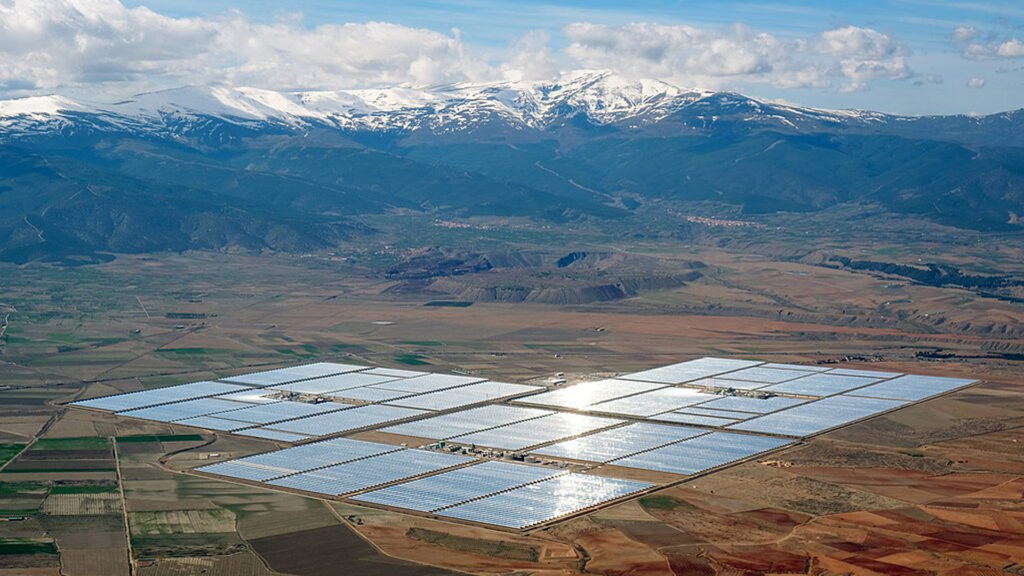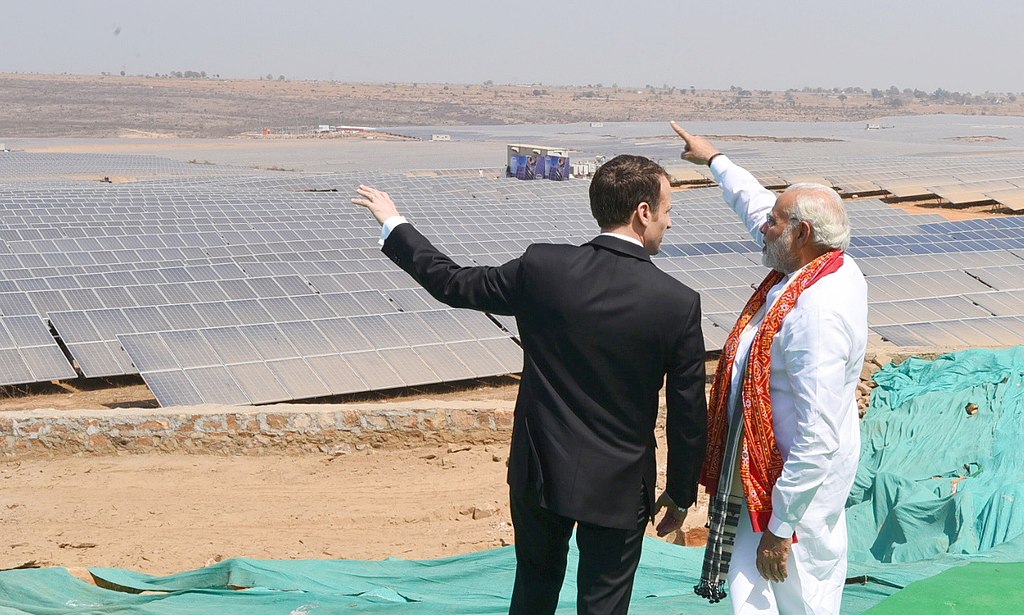By Simrin Sirur, Mongabay
Scientists warn that the earth will cross multiple tipping points and cause irreversible changes to the climate system if global temperatures continue to rise at current rates. Amid the din of projections that say fossil fuel use is still too high in our energy systems, a new study suggests the world may have already crossed another crucial tipping point – one that offers more hope in the face of climate change.
The tipping point in question is the proliferation of solar energy, which the study says may now see widespread adoption even without additional policies supporting renewable energy.
According to the latest World Energy Outlook by the International Energy Agency (IEA), investments in clean energy have risen by 40% since 2020 and more than $1 billion per day is being spent on solar deployment. With this, the installed capacity of solar photovoltaic (PV) is poised to surpass coal by 2027 and become the largest installed capacity of energy in the world.
Researchers from the U.K., Sweden and the U.S. have used additional metrics to take these projections even further, estimating solar, along with wind, could “irreversibly become the dominant electricity technologies within 1-2 decades, as their costs and rate of growth far undercut all alternatives.” More traditional modelling studies have failed to adequately capture the reach and progress of solar because they don’t, in part, capture changes in innovation, according to the study.

“Our analysis establishes quantitative empirical evidence, from current and historical data trends, that a solar energy tipping point is likely to have passed,” says the study, published in Nature Communications in October last year, adding, “Once the combined cost of solar and storage crosses cost parity with all alternative technologies in several key markets, its widespread deployment and further costs declines globally could become irreversible.”
India and China are set to lead the deployment of solar among countries in the Global South, where the barriers challenging the widespread proliferation of solar are more pronounced.
“India is ahead of the game for a country in the Global South and has started to see rapid growth in solar. Barriers unique to the Global South are the higher costs of borrowing money, which historically made solar less attractive, as it has a high upfront cost and low maintenance cost,” Femke Nijsse, a lecturer at the University of Exeter and lead author of the study, told Mongabay India. “Now that solar is frequently the cheapest option, industries, installation capacity and all need to be built, which usually takes a few years,” she added.
At the sidelines of the COP28 climate summit in Dubai, several countries pledged to triple their renewable energy capacities by 2030. This is likely to propel solar power’s reach.
Experts say that while the outlook for solar is positive, there are several factors that can impede deployment that go beyond constraints in finance and technology.
Solar’s ‘tipping point’
The study uses an energy-technology-economy simulation model that takes into account technological innovations and diffusion of renewable energy, to make its projections. The model is able to track the “the positive feedbacks that emerge between cost reductions and diffusion,” unlike most other models, the study says.
What drives solar to dominate the energy mix by mid-century, according to the researchers, is “costs declining far below the costs of all alternatives, while its parent industrial supply capacity increases rapidly.” The study projects that the cost of storage will also decrease as innovations advance.
“The outcome that solar will be the cheapest form of electricity in most regions except a few Nordic countries, is quite robust,” said Nijsse. Globally, the costs of solar PV have dropped by around 90% since 2009, according to the International Renewable Energy Agency (IRENA). Improvements in technology and government policy have helped drive this drop in costs.
But there are four barriers which may “significantly slow down” the solar tipping point “if unaddressed,” according to the study. These include poor grid resilience (the ability of the grid to accommodate intermittent power), unavailability of finance for the energy transition, unstable supply chains for critical minerals used in solar, and resistance from declining industries to the transition.

The proliferation of solar is unlikely to be uniform due to these factors, as “many countries in the Global South take a while to catch up with the Global North,” said Nijsse. The cost of capital for a solar plant is two to three times more expensive in emerging economies compared to advanced economies or China, due to perceived risks in the market.
Ajay Mathur, director general of the International Solar Alliance (ISA), an intergovernmental agency promoting solar energy, told Mongabay India that the low costs of solar is one factor among many that can influence its adoption in developing countries.
“In case there isn’t enough land in a country, or a country is densely populated, or if the transmission grids do not connect the places of available land to the load centers, the rapid upscaling of solar energy may not occur despite the financial tipping point being reached,” he said, referring to the low cost of solar.
The transition to net-zero emissions in India alone will require $10 trillion in investments.
“While utility-scale solar projects are competitive and India is building huge capacities, the country still needs to build the whole ecosystem comprising storage, module and critical mineral supplies,” said Vibhuti Garg, South Asia director at the Institute for Energy Economics and Financial Analysis. “Large-scale utility solar energy doesn’t need additional support, but for its increasing deployment, the government needs conducive policies and fiscal support to unlock private interest, both in project development and investment in other parts of the value chain.”
According to Mathur, capital needs to move away from the Global North.
“Investments remain concentrated in developed nations, with limited opportunities for developing countries, especially in Africa. There is a need for interventions to enhance universal energy access through solar mini-grids and stand-alone systems, address geographical diversification of manufacturing, and integrate solar energy with emerging technologies like green hydrogen,” he said.
Mongabay is a U.S.-based nonprofit conservation and environmental science news platform. This piece was originally published at https://india.mongabay.com/2024/01/has-solar-energy-been-deployed-to-the-point-of-no-return-some-researchers-think-so/.
Sign up for The Invading Sea newsletter by visiting here. If you are interested in submitting an opinion piece to The Invading Sea, email Editor Nathan Crabbe at ncrabbe@fau.edu.



